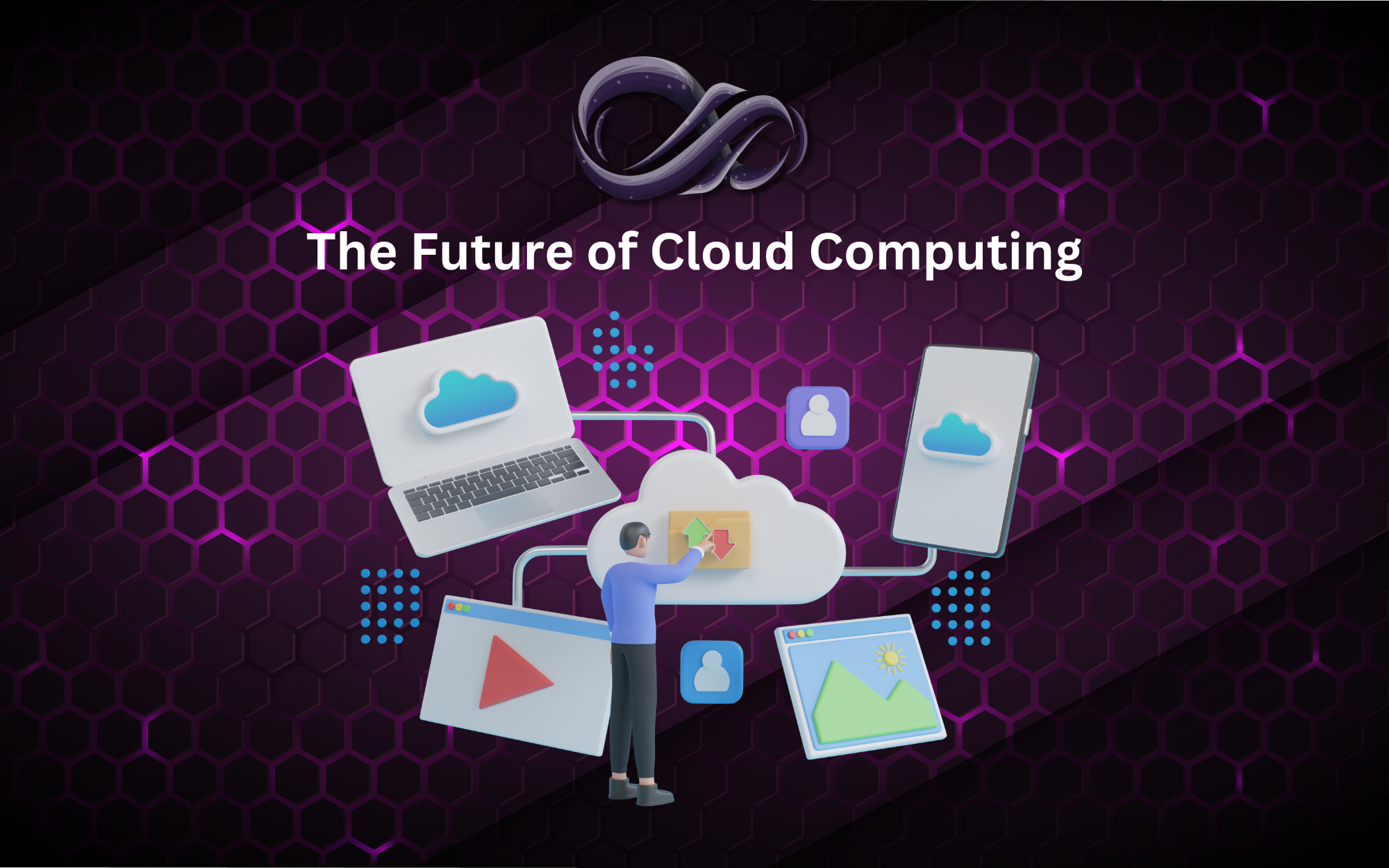The Future of Cloud Computing: Trends to Watch in 2024 and 2025

Cloud computing continues to evolve at a rapid pace, shaping the way businesses operate and innovate. As we move through 2024 and look ahead to 2025, several key trends are emerging that promise to redefine the cloud landscape. Understanding these trends and preparing for their impact can provide businesses with a strategic advantage in the digital age.
Overview of Emerging Trends in Cloud Computing
Cloud computing remains a cornerstone of digital transformation, enabling organizations to scale, innovate, and adapt in a fast-paced technological environment. As we navigate through 2024 and into 2025, numerous trends are poised to significantly influence the industry.
- Multi-Cloud and Hybrid Cloud Solutions
- Increasing adoption of multi-cloud strategies to avoid vendor lock-in and enhance redundancy.
- Hybrid cloud environments, combining private and public clouds for greater flexibility.
- Tools and strategies for seamless integration and orchestration across different cloud platforms.
- AI and Machine Learning Integration
- Growing role of AI and ML in cloud services, driving efficiency and innovation.
- Use cases of AI/ML in optimizing cloud operations, enhancing security, and personalizing customer experiences.
- Potential impact of AI/ML on various industries, from healthcare to finance.
- Edge Computing
- Edge computing gaining traction as a complement to centralized cloud computing.
- Reduced latency and real-time data processing by bringing computation closer to the data source.
- Applications in autonomous vehicles, IoT devices, and smart cities.
- Serverless Computing
- Serverless architecture, revolutionizing application development and deployment.
- Benefits of serverless computing, including reduced operational overhead and costs.
- Increasing adoption of serverless services for scalable and efficient application management.
- Enhanced Security Measures
- Rising importance of robust cloud security in an era of increasing cyber threats.
- Advanced security technologies and practices, such as zero-trust architecture and AI-driven threat detection.
- Strategies for businesses to implement comprehensive security measures in their cloud environments.

Predictions for How These Trends Will Shape the Industry
As these trends continue to develop, they are expected to bring about significant changes in the cloud computing industry:
- Increased Flexibility and Resilience: Multi-cloud and hybrid cloud strategies will provide businesses with greater flexibility and resilience, enabling them to adapt to changing demands and mitigate risks associated with vendor dependency.
- Smarter Cloud Operations: The integration of AI and ML will lead to smarter cloud operations, with automated processes, predictive analytics, and enhanced decision-making capabilities.
- Real-Time Processing: Edge computing will enable real-time data processing and analysis, crucial for applications requiring immediate responses, thus driving innovation in sectors like autonomous vehicles and smart infrastructure.
- Streamlined Development: Serverless computing will streamline application development and deployment, allowing businesses to focus on innovation and reduce time-to-market.
- Stronger Security Posture: Enhanced security measures will help businesses safeguard their data and operations, building trust and ensuring compliance with evolving regulations.
Key Technologies Driving These Changes
Several key technologies are at the forefront of these emerging trends:
- Containerization and Kubernetes: Facilitating multi-cloud and hybrid cloud deployments with container orchestration.
- AI and ML Platforms: Providing powerful tools for data analysis, automation, and security enhancements.
- IoT and Edge Devices: Enabling edge computing by collecting and processing data closer to the source.
- Function-as-a-Service (FaaS): Supporting serverless computing with scalable and event-driven functions.
- Advanced Security Solutions: Implementing zero-trust models, AI-driven threat detection, and encryption technologies.
How Businesses Can Prepare for These Trends
To stay ahead of these trends and leverage their potential, businesses should consider the following strategies:
- Adopt a Multi-Cloud Strategy: Evaluate and implement multi-cloud and hybrid cloud solutions to enhance flexibility and reduce dependency on a single vendor.
- Invest in AI and ML: Integrate AI and ML into cloud operations to automate processes, optimize performance, and enhance decision-making.
- Implement Edge Computing: Explore edge computing solutions for applications requiring real-time data processing and low latency.
- Embrace Serverless Architecture: Adopt serverless computing to streamline development, reduce operational overhead, and improve scalability.
- Strengthen Cloud Security: Implement advanced security measures, including zero-trust architecture and AI-driven threat detection, to protect data and ensure compliance.
Conclusion
As we move through 2024 and into 2025, the landscape of cloud computing is set to undergo significant transformations. By understanding and preparing for these emerging trends, businesses can harness the power of cloud computing to drive innovation, enhance efficiency, and maintain a competitive edge in the digital era.
Call to Action
We invite you to share your thoughts on these trends and how they are impacting your business. Stay tuned to our blog for more insights and updates on the latest developments in cloud computing. Subscribe to our newsletter to ensure you don't miss out on valuable information that can help you navigate the future of technology.
If you want to know more about Cloud Computing feel free to contact me:
Contact me via,
Mail: tycho.loke@peoplerock.nl
Phone: +31 6 39 41 36 65
LinkedIn: Tycho Löke

